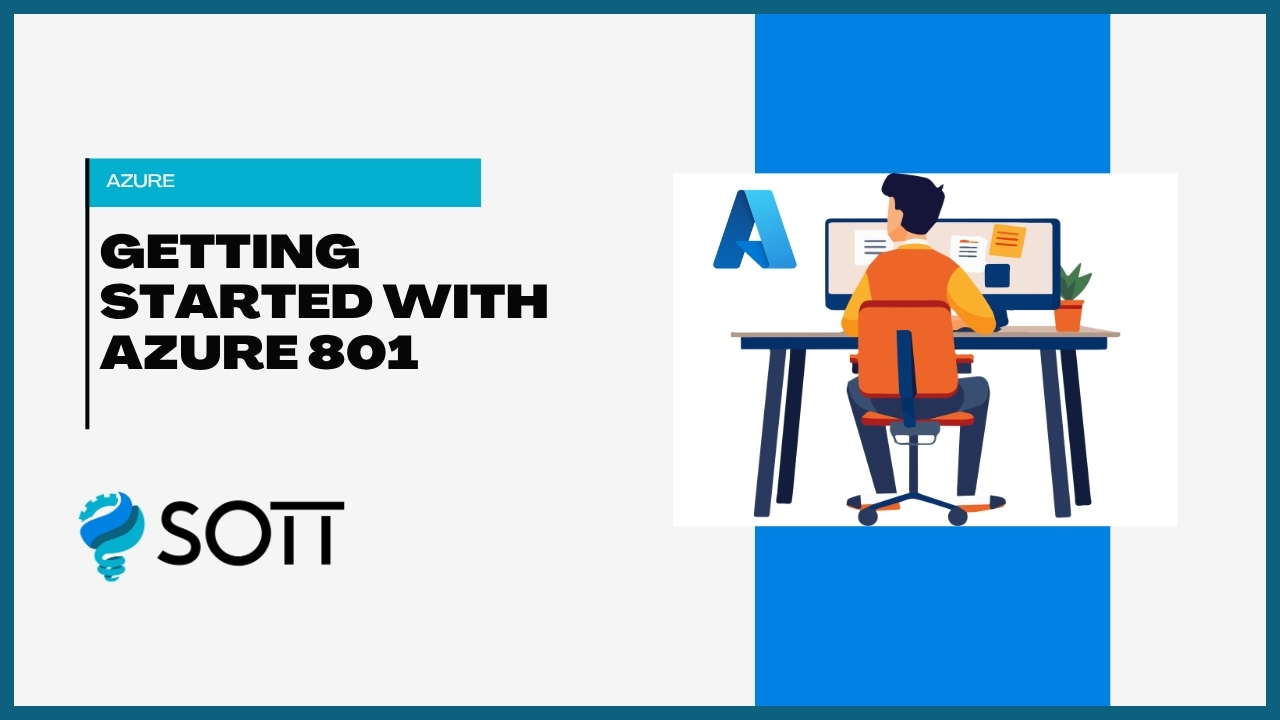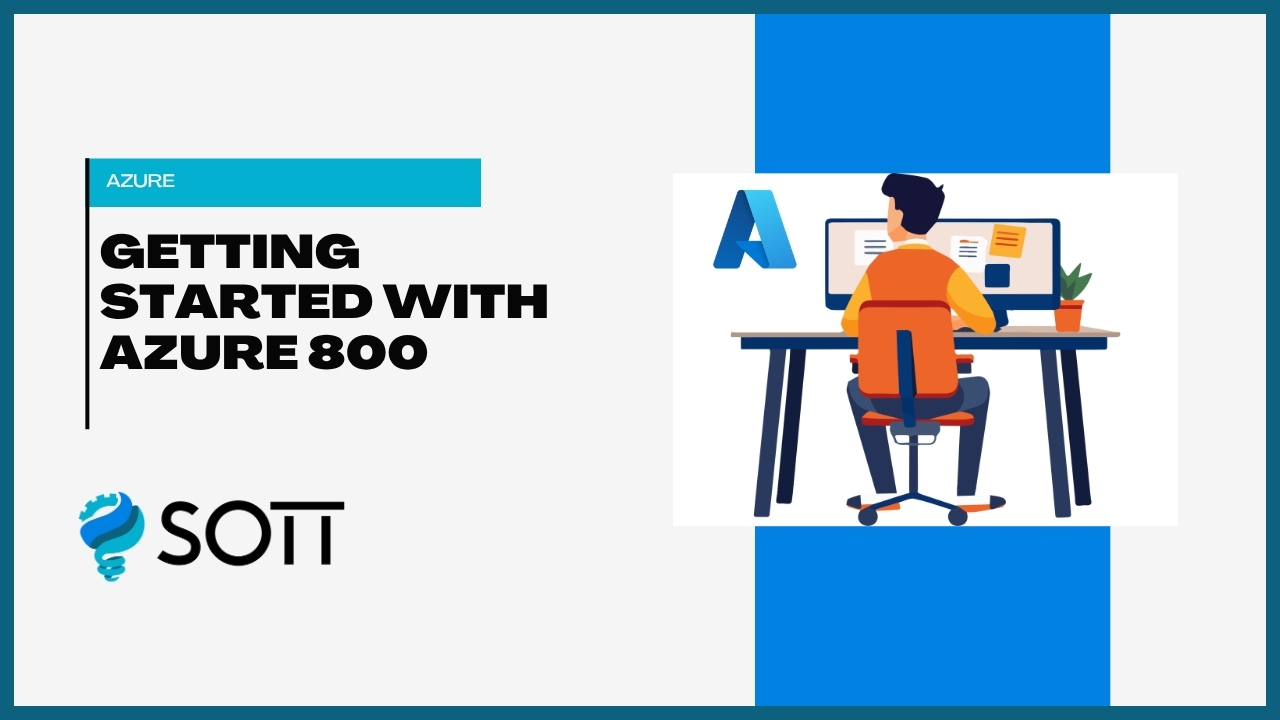Section 1: Implement Windows Server IaaS VM network security
- Introduction
- Implement network security groups and Windows IaaS VMs
- Implement adaptive network hardening
- Implement Azure Firewall and Windows IaaS VMs
- Implement Windows Firewall with Windows Server IaaS VMs
- Choose the appropriate filtering solution
- Deploy and configure Azure firewall using the Azure portal
- Capture network traffic with network watcher
- Log network traffic to and from a VM using the Azure portal
- Module assessment
- Summary
Section 2: Audit the security of Windows Server IaaS Virtual Machines
- Introduction
- Describe Microsoft Defender for Cloud
- Enable Microsoft Defender for Cloud in hybrid environments
- Implement and assess security policies
- Protect your resources with Microsoft Defender for Cloud
- Implement Microsoft Sentinel
- Module assessment
- Summary
Section 3: Manage Azure updates
- Introduction
- Describe update management
- Enable update management
- Deploy updates
- View update assessments
- Manage updates for your Azure Virtual Machines
- Module assessment
- Summary
Section 4: Create and implement application allowlists with adaptive application control
- Introduction
- Describe adaptive application control
- Implement adaptive application control policies
- Module assessment
- Summary
Section 5: Configure BitLocker disk encryption for Windows IaaS Virtual Machines
- Introduction
- Describe Azure Disk Encryption and server-side encryption
- Configure Key Vault for Azure Disk Encryption
- Encrypt Azure IaaS Virtual Machine hard disks
- Back up and recover data from encrypted disks
- Create and encrypt a Windows Virtual Machine
- Module assessment
- Summary
Section 6: Implement change tracking and file integrity monitoring for Windows IaaS VMs
- Introduction
- Implement Change Tracking and Inventory
- Manage Change Tracking and Inventory
- Manage tracked files
- Implement File Integrity Monitoring
- Select and monitor entities
- Use File Integrity Monitoring
- Module assessment
- Summary
Section 7: Secure Windows Server DNS
- Introduction
- Implement split-horizon DNS
- Create DNS policies
- Implement DNS policies
- Secure Windows Server DNS
- Implement DNSSEC
- Module assessment
- Summary
Section 8: Secure Windows Server user accounts
- Introduction
- Configure user account rights
- Protect user accounts with the Protected Users group
- Describe Windows Defender Credential Guard
- Block NTLM authentication
- Locate problematic accounts
- Module assessment
- Summary
Section 9: Hardening Windows Server
- Introduction
- Describe Local Password Administrator Solution
- Configure Privileged Access Workstations
- Secure domain controllers
- Analyze security configuration with Security Compliance Toolkit
- Secure SMB traffic
- Module assessment
- Summary and Resources
Section 10: Windows Server update management
- Introduction
- Explore Windows Update
- Outline Windows Server Update Services server deployment options
- Define Windows Server Update Services update management process
- Describe the process of Update Management
- Module assessment
- Summary
Section 1: Introduction to Cluster Shared Volumes
- Introduction
- Determine the functionality of Cluster Shared Volumes
- Explore the architecture and components of Cluster Shared Volumes
- Implement Cluster Shared Volumes
- Module assessment
- Summary
Section 2: Implement Windows Server failover clustering
- Introduction
- Define Windows Server failover clustering
- Plan Windows Server failover clustering
- Implement Windows Server failover clustering
- Manage Windows Server failover clustering
- Implement stretch clusters
- Define cluster sets
- Module assessment
- Summary
Section 3: Implement high availability of Windows Server VMs
- Introduction
- Select high-availability options for Hyper-V
- Consider network load balancing for Hyper-V VMs
- Implement Hyper-V VM live migration
- Implement Hyper-V VMs storage migration
- Module assessment
- Summary
Section 4: Implement Windows Server File Server high availability
- Introduction
- Explore the Windows Server File Server high-availability options
- Define Cluster Shared Volumes
- Implement Scale-Out File Server
- Implement Storage Replica
- Module assessment
- Summary
Section 5: Implement scale and high availability with Windows Server VM
- Introduction
- Describe virtual machine scale sets
- Implement scaling
- Implement load-balancing VMs
- Create a virtual machine scale set in the Azure portal
- Describe Azure Site Recovery
- Implement Azure Site Recovery
- Module assessment
- Summary
Section 1: Implement Hyper-V Replica
- Introduction
- Define Hyper-V Replica
- Plan for Hyper-V Replica
- Configure and implement Hyper-V Replica
- Define extended replication
- Define Azure Site Recovery
- Implement Site Recovery from on-premises site to Azure
- Implement Site Recovery from on-premises site to on-premises site
- Module assessment
- Summary
Section 2: Implement hybrid backup and recovery with Windows Server IaaS
- Introduction
- Describe Azure Backup
- Implement recovery vaults
- Implement Azure Backup policies
- Recover Windows IaaS Virtual Machines
- Perform file and folder recovery
- Perform backup and restore of on-premises workloads
- Manage Azure Virtual Machine backups with Azure Backup service
- Module assessment
- Summary
Section 3: Protect your on-premises infrastructure from disasters with Azure Site Recovery
- Introduction
- Azure Site Recovery overview
- Workloads supported for protection with Azure Site Recovery
- Run a disaster recovery drill
- Failover and failback
- Summary
Section 4: Protect your Azure infrastructure with Azure Site Recovery
- Introduction
- What is Azure Site Recovery
- Prepare for disaster recovery with Azure Site Recovery
- Exercise - Set up disaster recovery with Azure Site Recovery
- Run a disaster recovery drill
- Exercise - Run a disaster recovery drill
- Failover and failback using Azure Site Recovery
- Exercise - Failover and failback using Azure Site Recovery
- Summary
Section 5: Protect your virtual machines by using Azure Backup
- Introduction
- Azure Backup features and scenarios
- Back up an Azure virtual machine by using Azure Backup
- Exercise - Back up an Azure virtual machine
- Restore virtual machine data
- Exercise - Restore Azure virtual machine data
- Summary
Section 1: Migrate on-premises Windows Server instances to Azure IaaS virtual machines
- Introduction
- Plan your migration
- Describe Azure Migrate
- Perform server assessment
- Assess physical servers with Azure Migrate
- Migrate Windows Server workloads by using Azure Migrate
- Module assessment
- Summary
Section 2: Upgrade and migrate Windows Server IaaS virtual machines
- Introduction
- Describe Azure Migrate
- Migrate Windows Server workloads by using Azure Migrate
- Describe storage migration
- Migrate file servers by using Storage Migration Service
- Module assessment
- Summary
Section 3: Active Directory Domain Services migration
- Introduction
- Examine upgrade vs. migration
- Upgrade a previous version of Active Directory Domain Services to Windows Server 2025
- Migrate to Active Directory Domain Services in Windows Server 2025 from a previous version
- Explore the Active Directory Migration Tool
- Module assessment
- Summary
Section 4: Migrate file server workloads using Storage Migration Service
- Introduction
- Storage Migration Service overview and usage scenarios
- Storage migration requirements
- Migrate a server with Storage migration
- Evaluate storage migration considerations
- Module assessment
- Summary
Section 5: Migrate Windows Server roles
- Introduction
- Describe the Windows Server Migration Tools
- Install the Migration Tools
- Migrate roles using the Migration Tools
- Module assessment
- Summary
Section 1: Monitor Windows Server IaaS Virtual Machines and hybrid instances
- Introduction
- Enable Azure Monitor for Virtual Machines
- Monitor an Azure Virtual Machine with Azure Monitor
- Enable Azure Monitor in hybrid scenarios
- Collect data from a Windows computer in a hybrid environment
- Integrate Azure Monitor with Microsoft Operations Manager
- Module assessment
- Summary
Section 2: Monitor your Azure virtual machines with Azure Monitor
- Introduction
- Monitoring for Azure VMs
- Monitor VM host data
- Use Metrics Explorer to view detailed host metrics
- Collect client performance counters by using VM insights
- Collect VM client event logs
- Summar
Section 3: Monitor Windows Server performance
- Introduction
- Use Performance Monitor to identify performance problems
- Use Resource Monitor to review current resource usage
- Review reliability with Reliability Monitor
- Implement a performance monitoring methodology
- Use Data Collector Sets to analyze server performance
- Monitor network infrastructure services
- Monitor virtual machines running Windows Server
- Monitor performance with Windows Admin Center
- Use System Insights to help predict future capacity issues
- Optimize the performance of Windows Server
- Module assessment
- Summary and resources
Section 4: Manage and monitor Windows Server event logs
- Introduction
- Describe Windows Server event logs
- Use Windows Admin Center to review logs
- Use Server Manager to review logs
- Use custom views
- Implement event log subscriptions
- Module assessment
- Summary
Section 5: Implement Windows Server auditing and diagnostics
- Introduction
- Describe basic auditing categories
- Describe advanced categories
- Log user access
- Enable setup and boot event collection
- Module assessment
- Summary
Section 6: Troubleshoot on-premises and hybrid networking
- Introduction
- Diagnose DHCP problems
- Diagnose DNS problems
- Diagnose IP configuration issues
- Diagnose routing problems
- Use Packet Monitor to help diagnose network problems
- Use Azure Network Watcher to help diagnose network problems
- Module assessment
- Summary
Section 7: Troubleshoot Windows Server Virtual Machines in Azure
- Introduction
- Troubleshoot VM deployment
- Troubleshoot VM startup
- Troubleshoot VM extensions
- Troubleshoot VM connectivity
- Troubleshoot VM performance
- Troubleshoot VM storage
- Module assessment
- Summary
Section 8: Troubleshoot Active Directory
- Introduction
- Recover objects from the AD recycle bin
- Recover the AD DS database
- Recover SYSVOL
- Troubleshoot AD DS replication
- Troubleshoot hybrid authentication issues
- Module assessment
- Summary

- CategoryAzure
- LevelIntermediate
- Duration3 Months
- Available SeatsUnlimited
Course Key Highlights
Real-Time Experts
Learn from industry experts with real-time experience.
Placement Support
Get assistance in securing your dream job with our dedicated placement support.
Live Project
Work on live projects to gain hands-on experience.
Certified Professional
Become a certified professional with industry-recognized certification.
Affordable Fees
Get the best quality education at affordable fees.
Flexibility To Assist
Flexible learning options to assist you in every way possible.
No Cost EMI
Pay your course fees in easy installments with no cost EMI.
Free Soft Skills
Develop essential soft skills along with technical knowledge.
Popular Questions to Ask Before Choosing a Course
SOTT courses include comprehensive video lessons, hands-on projects, downloadable resources, and live mentorship sessions. Our curriculum is designed to provide you with all the tools you need to succeed in your chosen field.
No, SOTT courses are designed to be flexible. You can start learning whenever it suits you best, and you have lifetime access to the course materials to learn at your own pace.
To take a SOTT course, simply enroll in the course of your choice, and you will have access to all the lessons, resources, and mentorship opportunities available. You can learn from any device, at any time.
Yes, upon completing a SOTT course, you will receive a certificate of completion, which you can share with your network and use to showcase your newly acquired skills to potential employers.
If you need help, you can reach out to our support team or connect with your course mentor for guidance. We are here to ensure you have the best learning experience possible.




